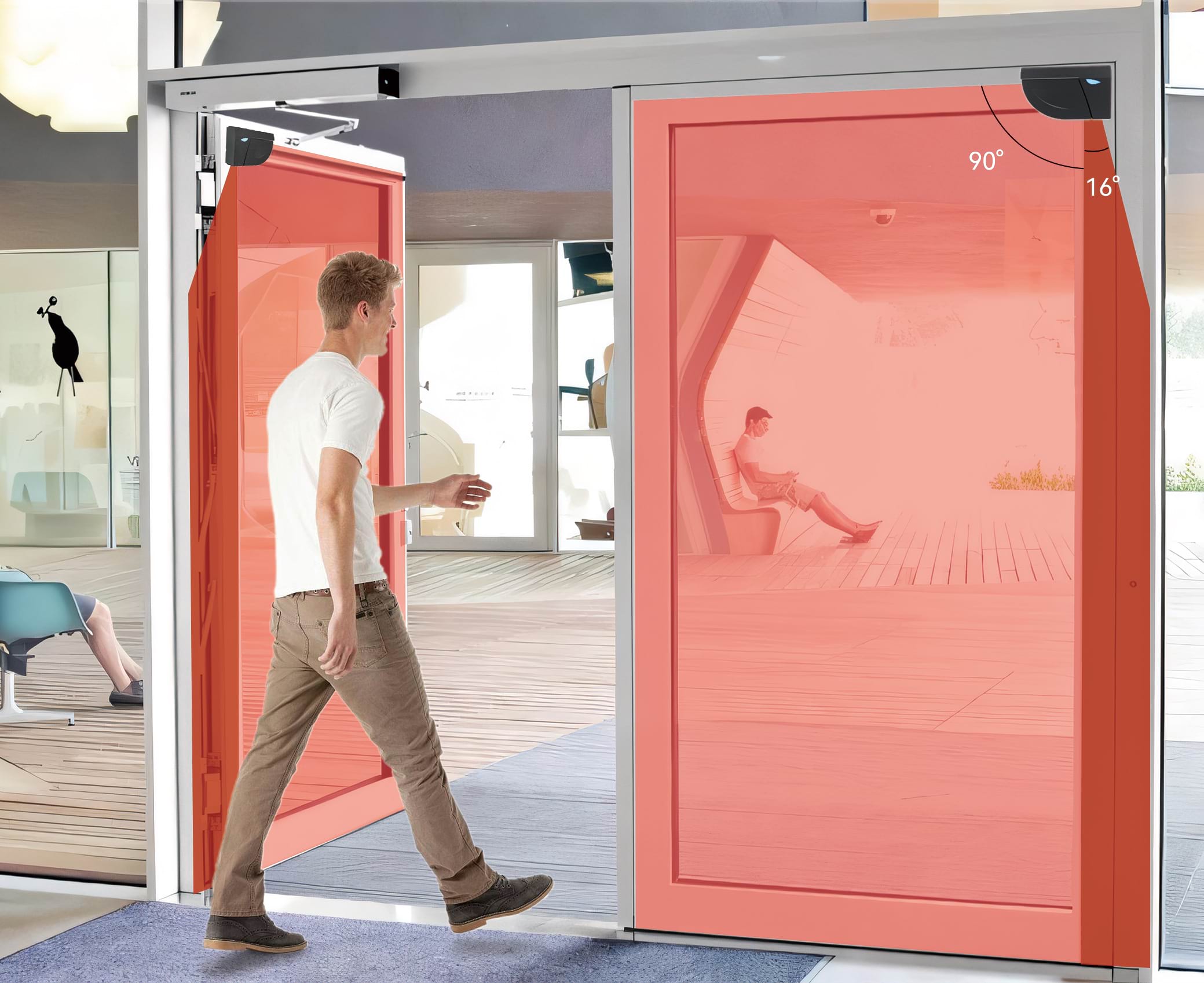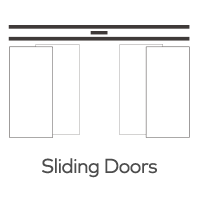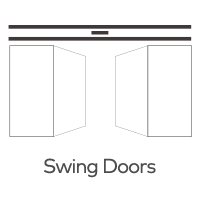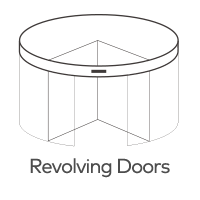How Laser Safety Sensors Enhance Protection in Automatic Swing Doors
Automatic swing doors have become an essential part of modern architecture, offering convenience, accessibility, and aesthetic appeal in commercial buildings, hospitals, and offices. However, safety remains the top priority in door automation. One of the most advanced technologies ensuring user safety today is the laser safety sensor. These sensors have revolutionized how automatic doors detect movement and prevent accidents.

What Is a Laser Safety Sensor?
A laser safety sensor is a precision detection device that uses time-of-flight (ToF) laser technology to identify people or objects near an automatic door. Unlike traditional infrared or microwave sensors, laser sensors create a three-dimensional detection field, allowing them to accurately detect presence, shape, and distance.
This 3D detection capability makes laser sensors ideal for automatic swing doors, where moving door panels can pose a higher risk of contact or collision if detection is not precise.
How Laser Safety Sensors Work
Laser safety sensors emit multiple laser beams to scan the area in front of and around the door. The reflected signals are analyzed to determine:
- The distance of an object from the sensor
- The size and shape of the object
- Whether the object is stationary or moving
When an obstruction is detected in the danger zone, the sensor sends a signal to the door controller to stop or reverse the door movement, preventing potential injury or damage.
Key Safety Benefits
Laser safety sensors offer several important advantages over conventional detection systems:
1. Full 3D Protection
Laser sensors create a volumetric detection zone instead of a single flat line, covering not only the door opening but also the swing path of the moving door panel.
2. High Precision Detection
Because laser beams are extremely narrow, they can detect even small objects—such as a child’s hand, wheelchair footrest, or a pet—ensuring no blind spots remain near the moving door edge.
3. Real-Time Response
Laser sensors respond within milliseconds, instantly signaling the controller to stop or reverse the door if an obstacle is detected.
4. Adaptability to Environment
They perform reliably in various lighting and temperature conditions, and are less affected by reflective surfaces compared to infrared sensors.
5. Compliance with Safety Standards
Modern laser sensors are designed to meet international safety regulations such as EN 16005 and ANSI/BHMA A156.10, ensuring compliance in commercial and public buildings.
Applications in Real-World Environments
Laser safety sensors are especially beneficial in environments that demand maximum safety and reliability, including:
- Hospitals – where patients in wheelchairs or on stretchers move slowly through doors
- Airports and shopping malls – with heavy pedestrian traffic and unpredictable movement
- Cleanrooms and laboratories – where doors must operate safely without physical contact
- Office buildings and hotels – enhancing both convenience and user protection
In all these locations, laser safety sensors minimize the risk of pinch-point or impact injuries, protecting people and property.
Installation and Maintenance Tips
To ensure optimal performance:
- Mount the laser sensor at the manufacturer-recommended height (usually 2.0–2.2 meters).
- Regularly test and calibrate the detection field using the built-in diagnostic mode.
- Keep the sensor lens clean and dust-free to maintain accuracy.
- Verify the system’s response time and stop distance periodically.
Proper installation and maintenance ensure consistent and reliable protection throughout the door’s lifespan.
Conclusion
Laser safety sensors represent the next generation of automatic door protection. Their high-precision detection, fast response, and comprehensive coverage make them an indispensable part of modern swing door systems. Whether in hospitals, airports, or commercial facilities, these sensors provide peace of mind by ensuring every door movement is safe, smooth, and intelligent.
By integrating laser safety sensors, building owners not only meet safety standards but also demonstrate a commitment to creating safer, smarter, and more user-friendly environments.







